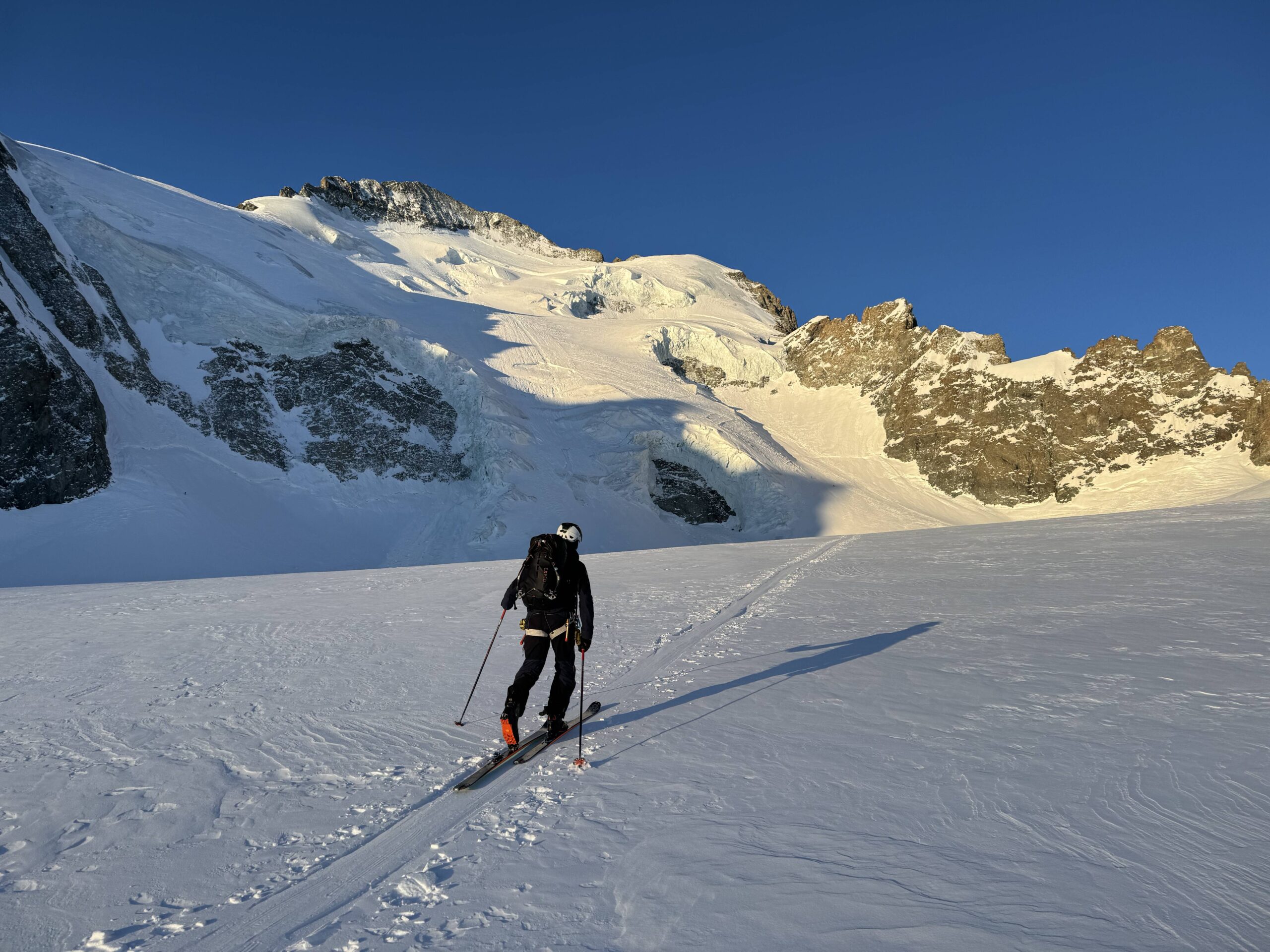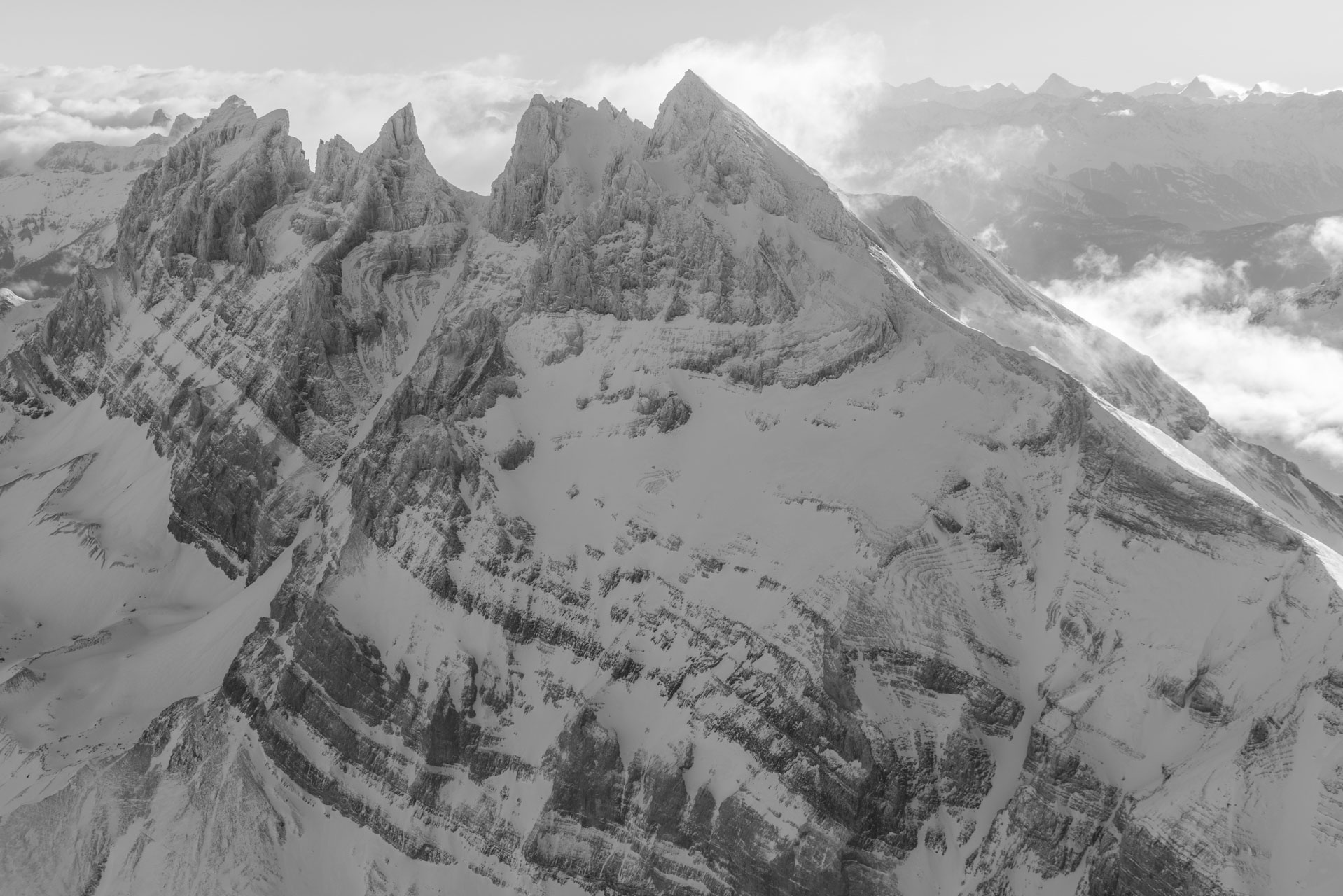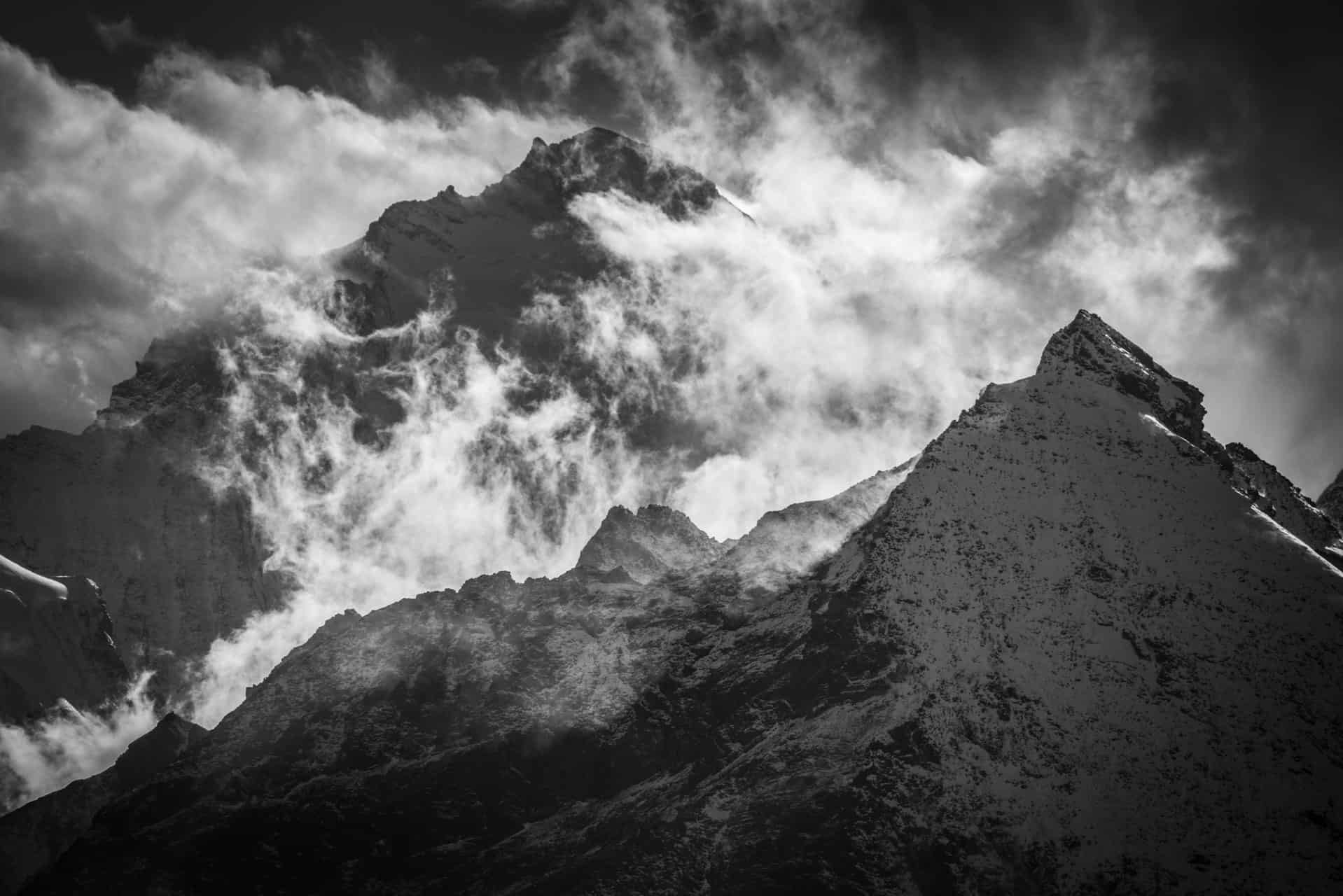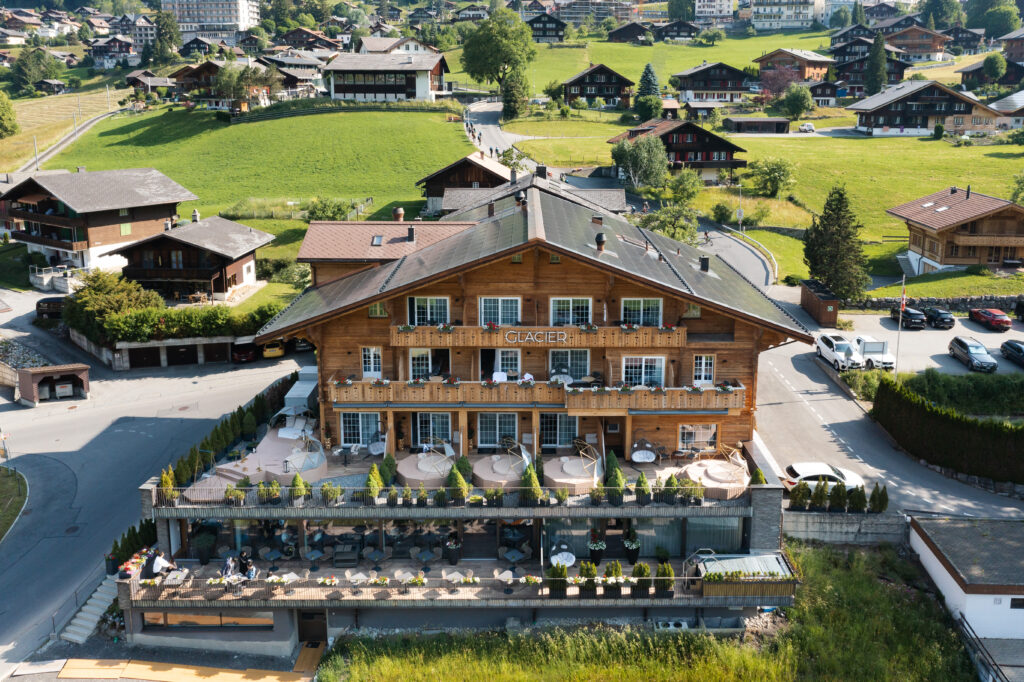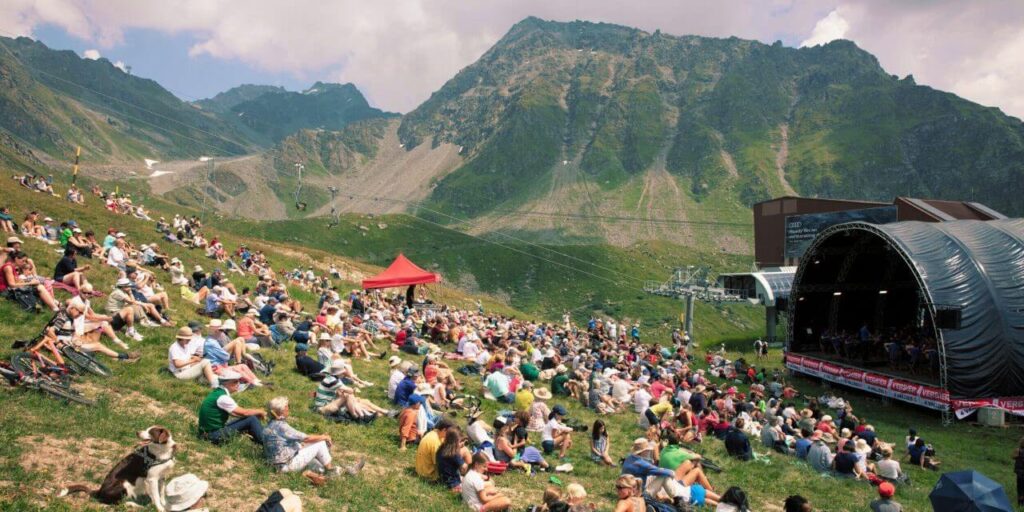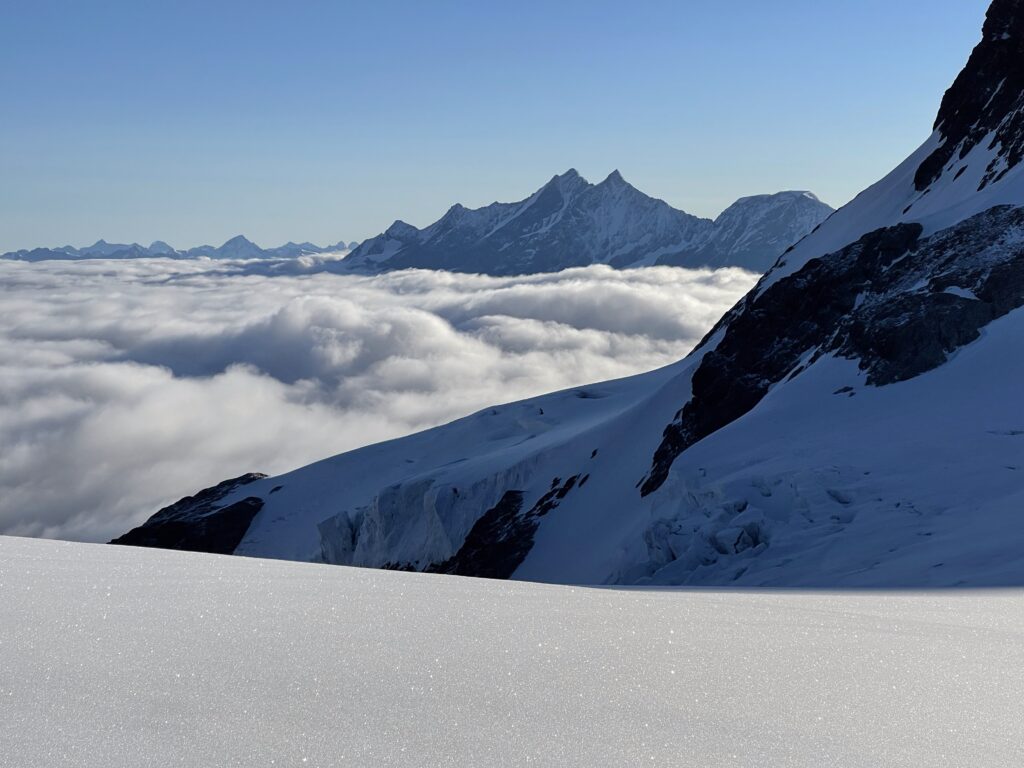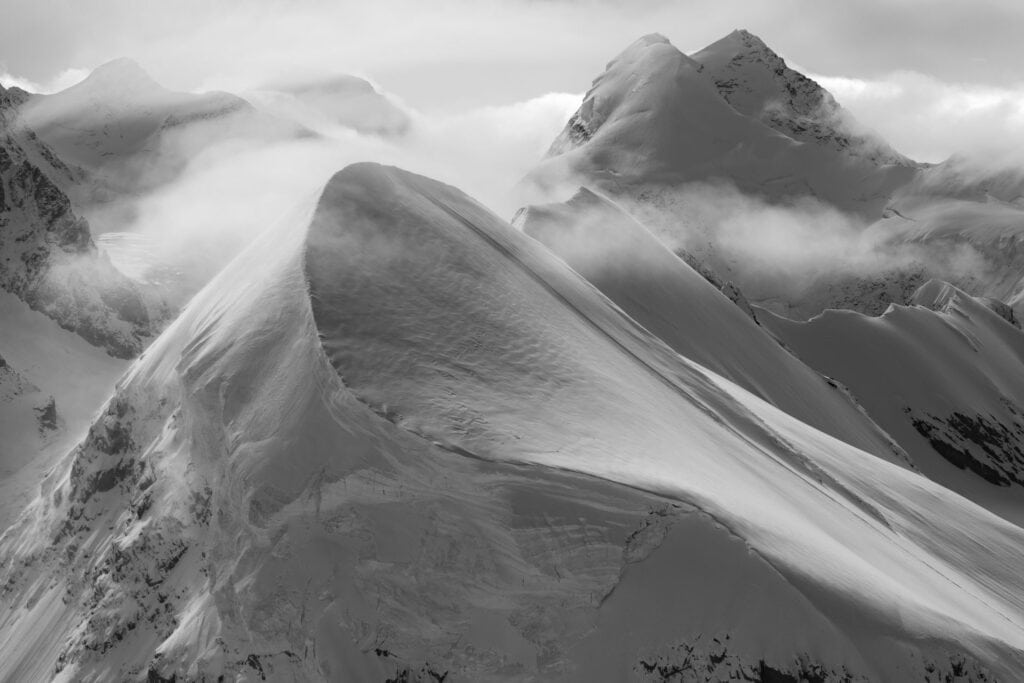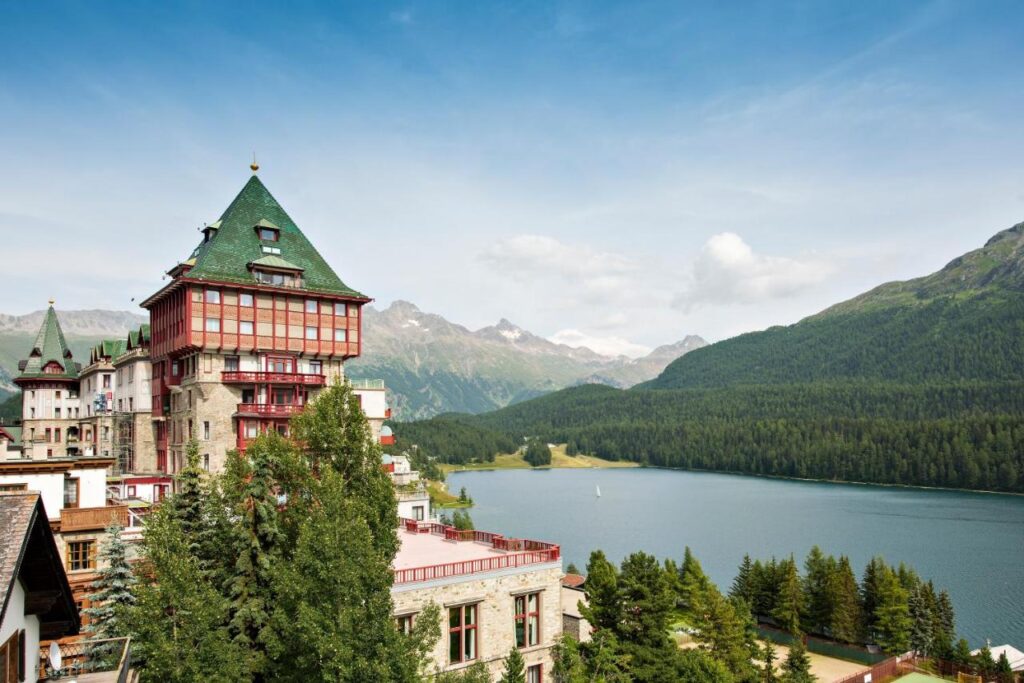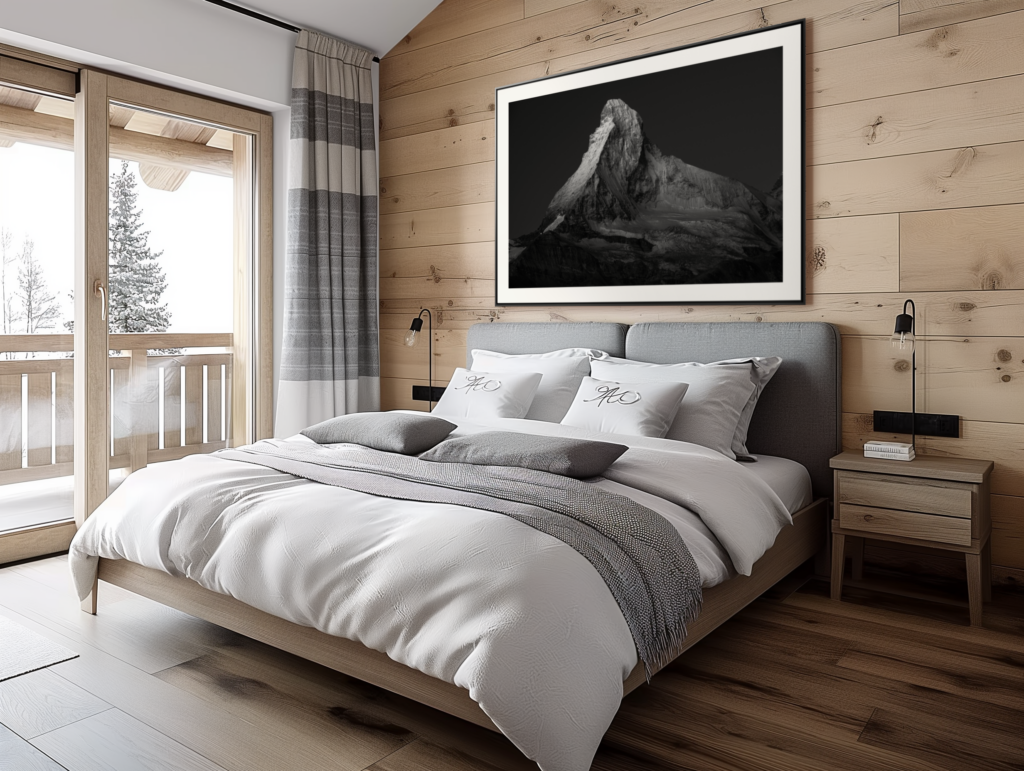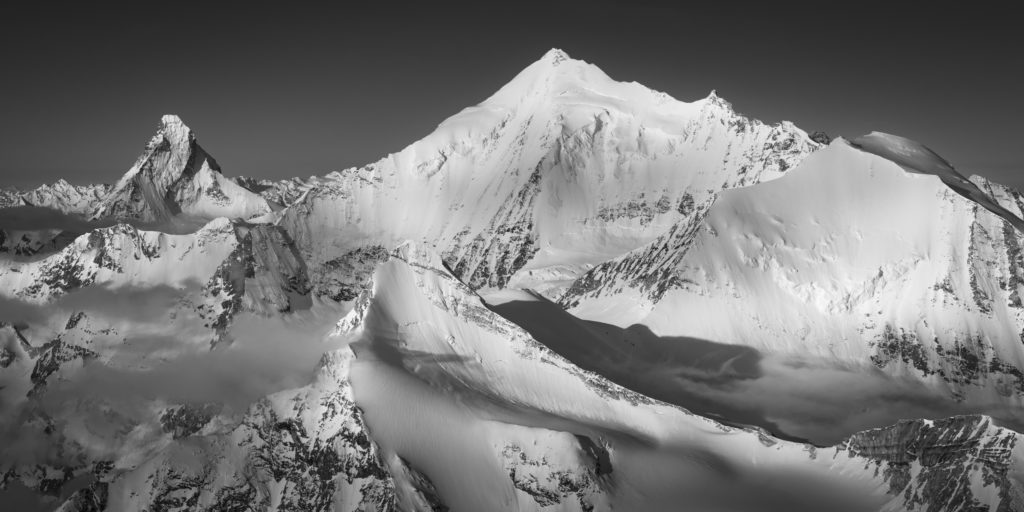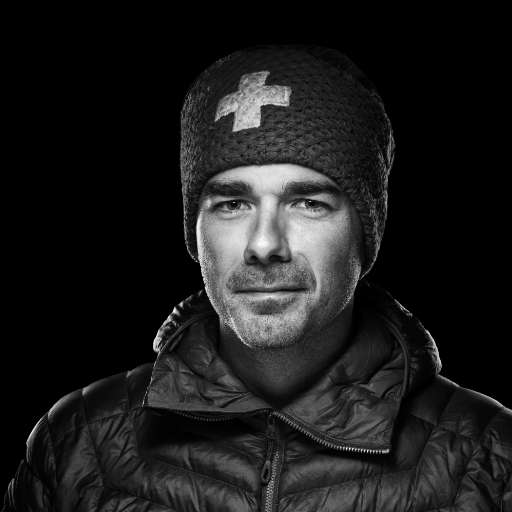Climbing an alpine summit in excess of 4,000 metres is the ultimate achievement for any passionate mountaineer. However, reaching these altitudes requires serious and structured preparation. In this practical and precise guide, we present three essential summits for effective training before tackling the mythical Alpine giants: Mont Buet, Haute Cime and Mettelhorn. Each of these intermediate summits offers an ideal cocktail of endurance, technical skills and gradual adaptation to high altitude.
1. Mont Buet (3096 m), Haute-Savoie: The legendary " Mont Blanc des Dames
Mont Buet, located in the heart of the Giffre massif in Haute-Savoie, is often considered one of the best preparations for Mont Blanc. It is historically known as the " Mont Blanc des Dames", because in August 1786, at the same time as Balmat and Paccard conquered Mont Blanc, three English pioneers, Jane, Elisabeth and Mary Parminter, made the first female ascent of a summit above 3,000 metres.
History and cultural significance
The Parminters' ascent is a remarkable feat which, unfortunately, was long forgotten due to historical prejudices. Fortunately, their exploit was rediscovered thanks to rediscovered archives and letters. Since then, Mont Buet has come to symbolize the equality and openness of mountaineering to all.
Classic route and technical variants
The classic route starts from Vallorcine (1260 m), passes the Pierre à Bérard refuge (1924 m), then climbs to the Col de Salenton (2526 m). The final sections are particularly technical, especially the final Mortine ridge.
The demanding western variant from Chalets des Fonts, via Grenier de Villy, is a wild, isolated and steep climb. It requires endurance, mastery of technical terrain and careful management of physical resources.
- Ascent: 1750 m
- Estimated time: 8:30 a.m. to 9 a.m.
- Difficulty: very difficult (cabled, rocky and steep passages)
2. Haute Cime (3257 m), Valais Switzerland: the emblematic summit of the Dents du Midi
Haute Cime majestically dominates the Dents du Midi landscape in the Swiss Valais. This mountain is renowned for its exceptional panoramic views of the Mont Blanc massif, and represents a life-size test prior to 4000-meter ascents.
First ascents and Alpine heritage
In 1784, the vicar Jean-Maurice Clément made the first known ascent. Called "Dent de l'Ouest" at the time, it was renamed Haute Cime. The massif got its current name, " Dents du Midi ", at the end of the 19th century, named by the residents of Lake Geneva who were fascinated by these spectacular summits .
Topography and detailed itinerary
The ascent begins at the Grand Paradis parking lot (1055 m) near Champéry. The path climbs rapidly to the Bonavau alp, then crosses the famous Pas d'Encel, equipped with chains. The climb continues to the Susanfe hut (2102 m), before a steep, rocky final section to the Col de Susanfe (2494 m) and on to the summit.
- Ascent: 2200 m
- Estimated time: 7 to 9 hours
- Difficulty: difficult (rocky, exposed passages, high altitude)
3. Mettelhorn (3406 m), Zermatt : glacier immersion and exceptional panorama
Overlooking the famous Zermatt valley, the Mettelhorn offers ideal glacier preparation for summits such as the Matterhorn. Peaking at 3406 meters, this summit requires a short but technical glacier traverse.
Alpine history
The Mettelhorn is part of the Pennine Alps, a region that pioneered mountaineering in the 19th century. Although overshadowed by the notoriety of the neighboring Matterhorn, the Mettelhorn remains an emblematic place for learning the glacier techniques essential for major alpine ascents.
Precise itinerary and technical recommendations
The ascent begins in Zermatt (1610 m), passing through the Edelweiss hut and the Hotel Trift (2337 m). The route then involves crossing the Hohlicht glacier, making the use of crampons essential. Although this is a short introduction to cramponing, it does provide the necessary familiarization before tackling the Alpine giants. The summit offers 360° views of the Matterhorn and neighboring mountains.
- Ascent: 1800 m
- Estimated duration: 8 to 10 hours
- Difficulty: difficult (obligatory glacier crossing, rocky passages)
Expert advice for successful alpine climbing
Physical preparation and gradual acclimatization
Despite their intermediate altitudes, these three summits require excellent physical fitness. Regular training combining endurance (long, weight-bearing hikes) and muscular strength (legs, back, sheathing) is essential. Gradual acclimatization to altitude will avoid the risks of altitude sickness.
Essential alpine techniques
Mastery of crampons, ice axe and roped passages is a must. These climbs allow you to perfect your skills in complete safety before tackling higher challenges.
Recommended equipment
Each ascent must be carried out with rigorous mountain equipment: hard mountain boots, clothing adapted to changing weather conditions, helmet, glacier goggles, sun protection, crampons and ice axe. An accurate topographical map and GPS are recommended.
Safety and weather management
Leave early to avoid adverse weather conditions in the high mountains. Check the weather forecast carefully before setting off, and take sufficient water, energy supplies and a suitable first-aid kit with you.
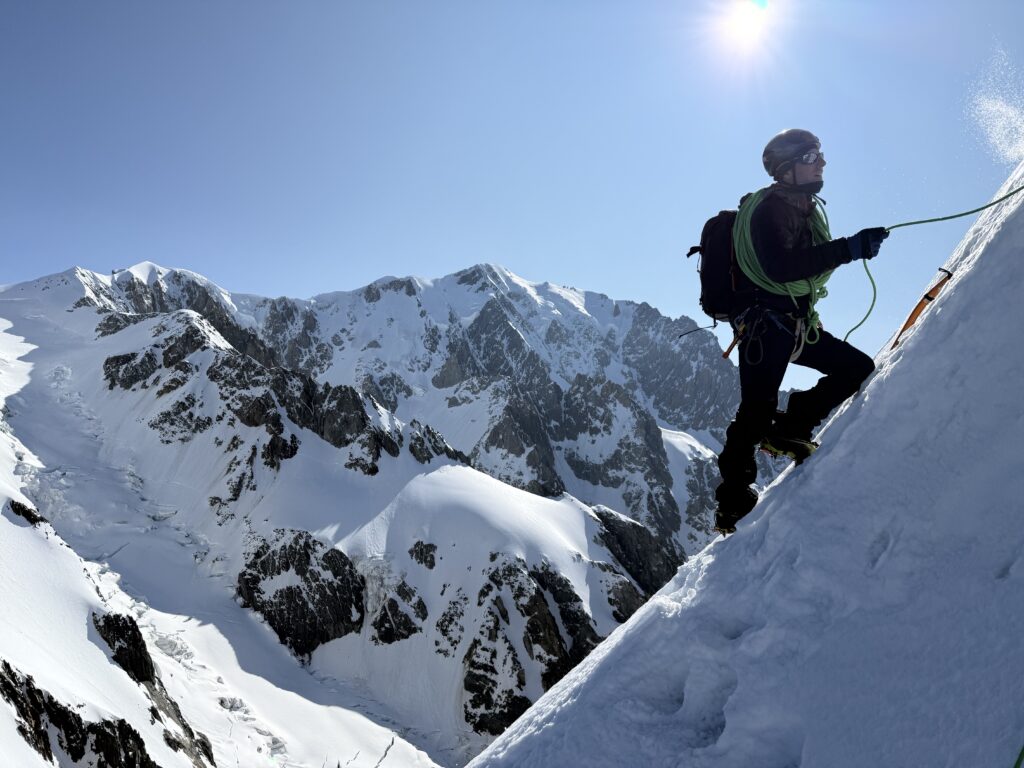
En route to the legendary summits the Alps
These three intermediate summits will prepare you effectively for major alpine ascents, combining technical skills, endurance, altitude management and gradual adaptation to altitude. More than just a physical workout, their ascent is a journey through the fascinating history of mountaineering.
As you climb Mont Buet, Haute Cime and Mettelhorn, you are literally following in the footsteps of the pioneers who opened up the great alpine routes, ideally preparing you for the superior challenges of summits over 4000 metres.
